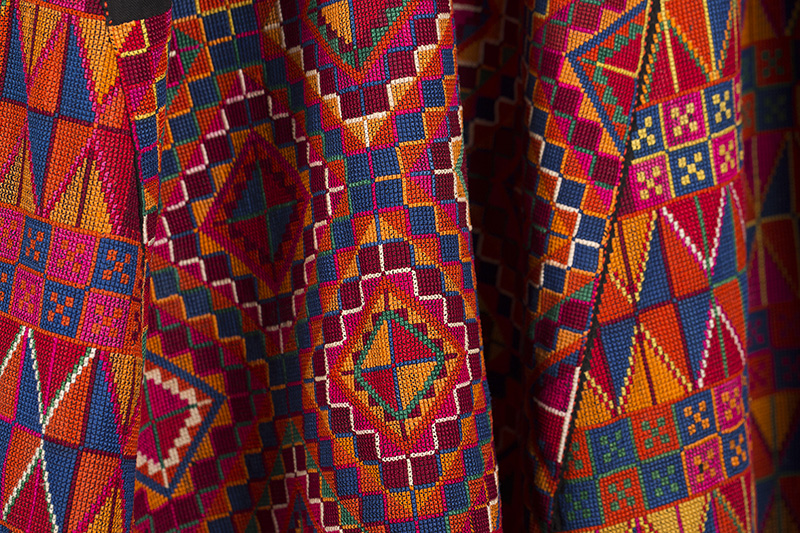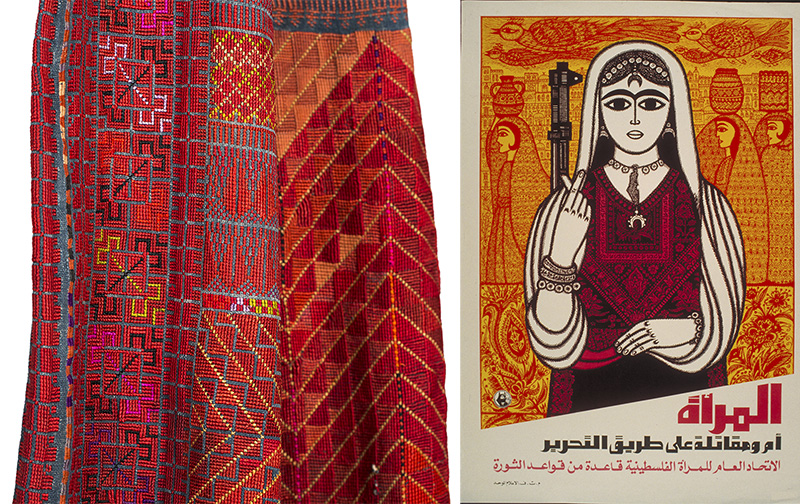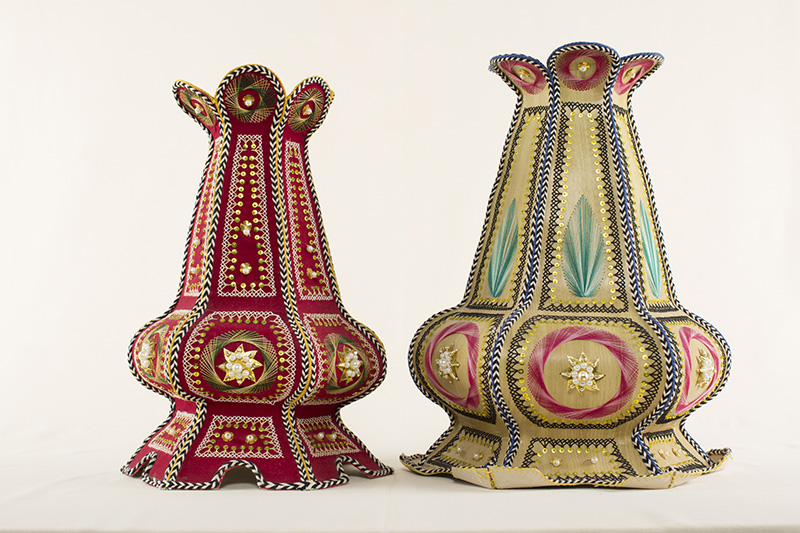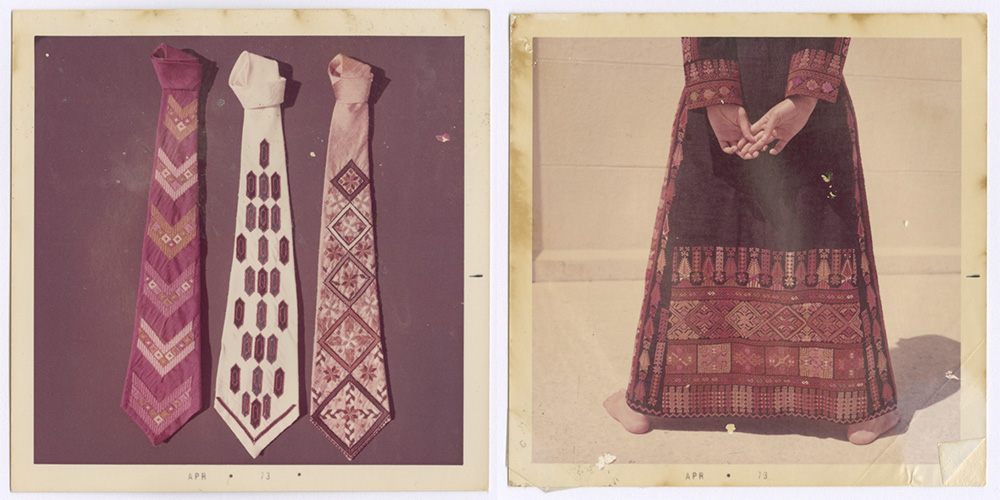ART-PRESENTATION: Labour Of Love
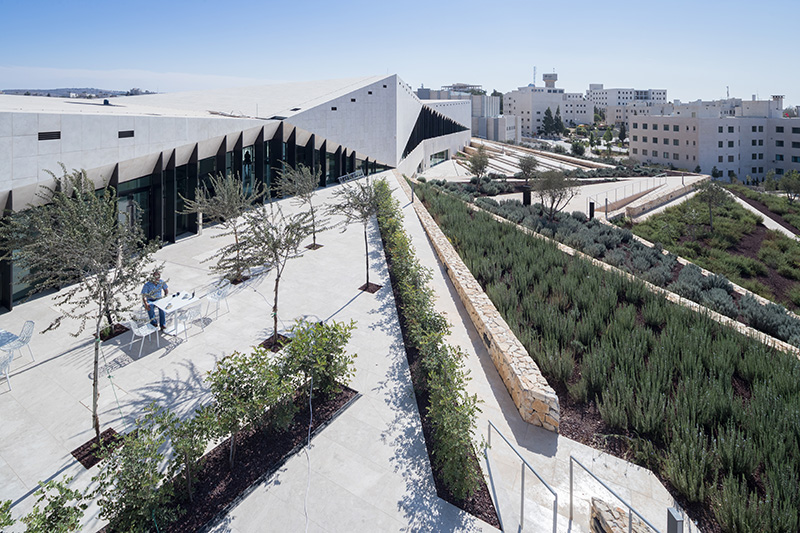 Throughout the Arab world, embroidery has been as central to the cultural heritage of the region as calligraphy, the miniature, woodwork, ceramics or silverware. Embroidered textiles have been produced for thousands of years. They have played an important role in the social and cultural lives of communities and peoples and have reflected the economic and political changes that have affected the region from the earliest times.
Throughout the Arab world, embroidery has been as central to the cultural heritage of the region as calligraphy, the miniature, woodwork, ceramics or silverware. Embroidered textiles have been produced for thousands of years. They have played an important role in the social and cultural lives of communities and peoples and have reflected the economic and political changes that have affected the region from the earliest times.
By Dimitris Lempesis
Photo: The Palestinian Museum Archive
The exhibition “Labour of Love: New Approaches to Palestinian Embroidery” at The Palestinian Museum unfolds a material history of Palestine, telling little-heard stories through the intimate catalyst of clothing. The exhibition examines the politicisation of Palestinian embroidery, its circulation as image in paintings and posters, the implications of its commodification, and the nature of its production by NGOs today. At the core of the exhibition are on presentation 80 historic dresses and accessories, drawn from every region of Palestine. Placed in conversation with archival photographs, posters, paintings, music and newly-commissioned video, the exhibition amplifies female voices and histories, casting fresh light on paradigmatic cultural material. The “Intifada dresses” are combining traditional motifs with rifles, maps and political slogans, were stitched by women in protest and solidarity during the First Intifada. Such dresses rendered women’s bodies active sites of political resistance, implicitly challenging popular images of women as anonymous carriers of heritage. A European-style shift dress, delicately embroidered on blue silk, melded foreign fashion with traditional detail as early as 1921. A dress donated from one woman to another after the Nakba, is patched with cloth from a flour sack of United Nations Relief and Works Agency for Palestine Refugees in the Near East (UNRWA). Polaroids from 1970s Lebanon show bouffanted women in pink embroidered jumpsuits, modelling the earliest designs of embroidery organisations. Though men are not perceived as embroiderers, the exhibition features objects and testimonies from men who embroidered as political prisoners in Israeli prisons. Their work mingles expressions of national pride with romantic love, disrupting expectations around embroidery and gender. The exhibition also includes a parallel public program of lectures and events, an educational program tailored for children.
Info: Curator: Rachel Dedman, The Palestinian Museum, Museum Street (off Omar Ibn Al-Khattab Street), Birzeit, Palestine, Duration: 18/3-25/8/17, Days & Hours: Sun-Thu 9:00-17:00, www.palmuseum.org


